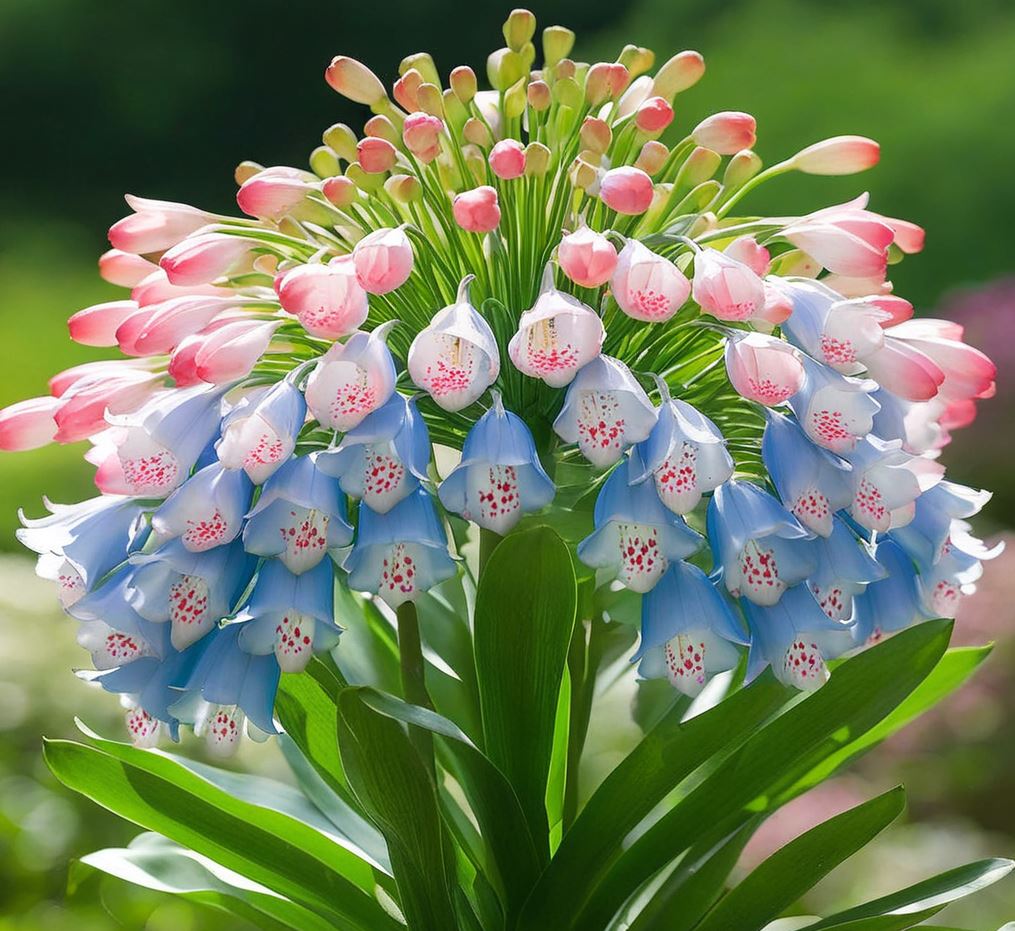Introduction to Lily of the Valley
Lily of the valley, or Convallaria majalis, is not just a plant; it embodies a rich tapestry of history, symbolism, and ecological significance that transcends its delicate beauty. This woodland flowering plant, characterized by its sweetly scented, bell-shaped white flowers, has persisted through centuries as both an emblem of elegance and a harbinger of spring.

From a botanical perspective, lily of the valley is a rhizomatous perennial in the Asparagaceae family, showcasing an impressive resilience as it flourishes in shaded areas across Eurasia. This ability to thrive in less-than-ideal conditions speaks to its adaptability, much like the human spirit when faced with challenges. It invites us to reflect on our own resilience—when we encounter obstacles, are we not also capable of blossoming where we are planted? Moreover, the enchanting fragrance of lily of the valley makes it a sought-after choice for gardens and floral arrangements alike.
The lore surrounding this flower, often associated with purity and humility, highlights its duality: while it exudes charm and grace, it conceals a toxic nature beneath its fragile exterior. This juxtaposition can evoke thoughts about beauty itself—how often do we dismiss the hidden complexities within something that appears simple and innocent? Such reflections can encourage a more profound appreciation for the intricacies of life around us.
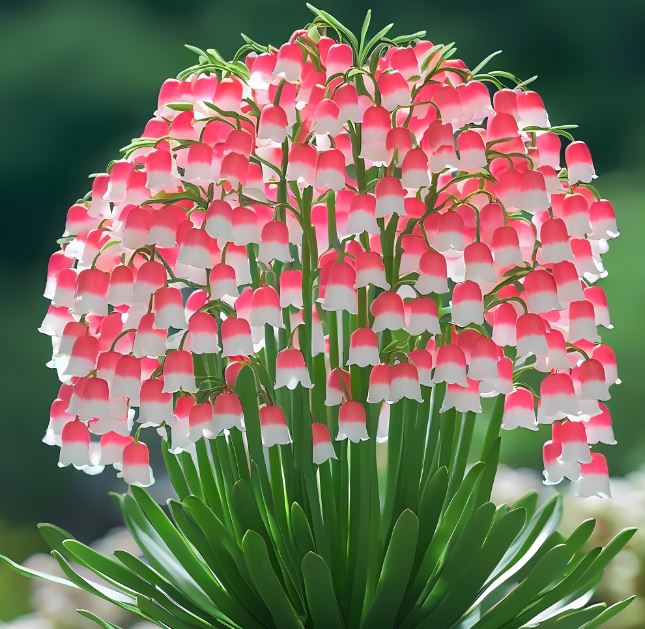
The cultivation and care of lily of the valley require a nuanced understanding of its needs, drawing parallels with personal growth and nurturing relationships. Just as these flowers thrive in well-drained soil and appropriate light, our own development is contingent upon the environments we choose to nurture. For gardeners, this means cultivating not only the right physical space but also the emotional resonance necessary for fostering healthy growth. Engaging in practices such as planting them in clusters can create a more dramatic display, akin to how mutual support among individuals can amplify collective strength.
Furthermore, considering the ecological implications, lily of the valley serves as an essential component of its habitat, contributing to the biodiversity that sustains forest ecosystems. Its presence can influence the dynamics between various species, highlighting the interconnectedness of all living things. In a world increasingly concerned with environmental degradation, reflecting on plants like lily of the valley can remind us of our role in preserving the delicate balance of nature. These small, seemingly inconspicuous flowers have the power to inspire larger conversations about conservation and stewardship.
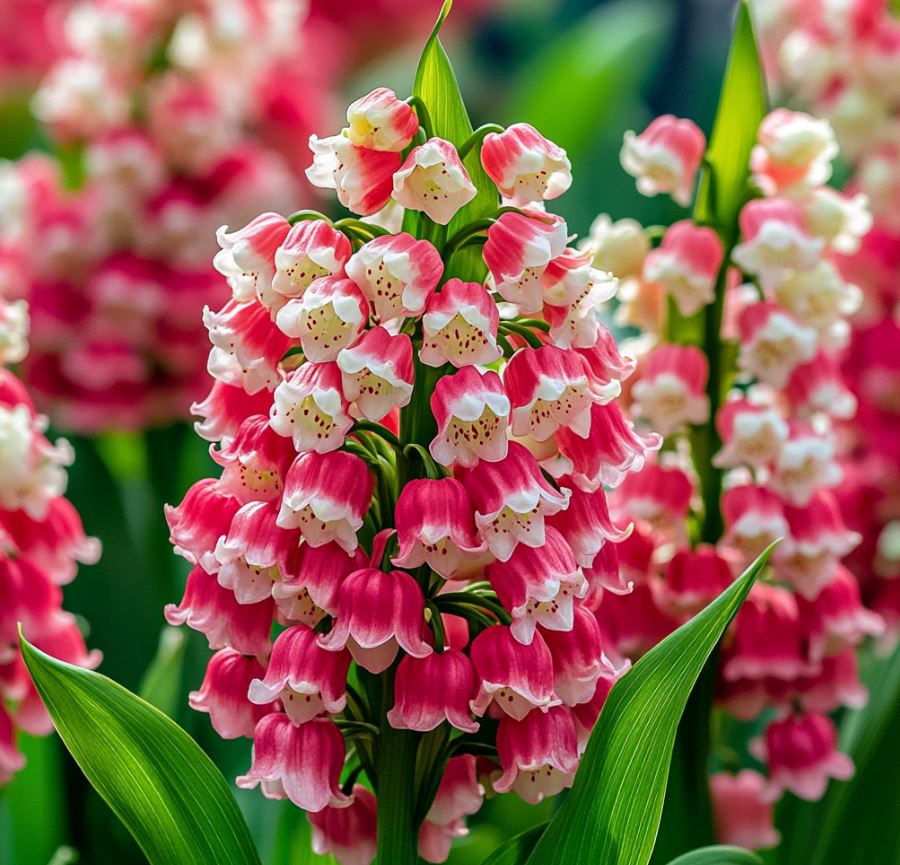
In summary, lily of the valley is more than just a floral marvel; it encapsulates themes of resilience, beauty with complexity, and interconnectedness in nature. As we appreciate its aesthetic allure, let us also consider what it reveals about our own lives and the environments we inhabit. It encourages us to find beauty in the ordinary, embrace resilience in adversity, and recognize our place within a broader ecological narrative.
Historical Significance and Cultural References
The Enigmatic History of Lily of the Valley
Lily of the valley has a rich and intriguing history that spans centuries, with references to the flower appearing in various cultures and traditions around the world. Its origins can be traced back to the temperate regions of Europe and Asia, where it has been revered for its delicate beauty and enchanting fragrance.
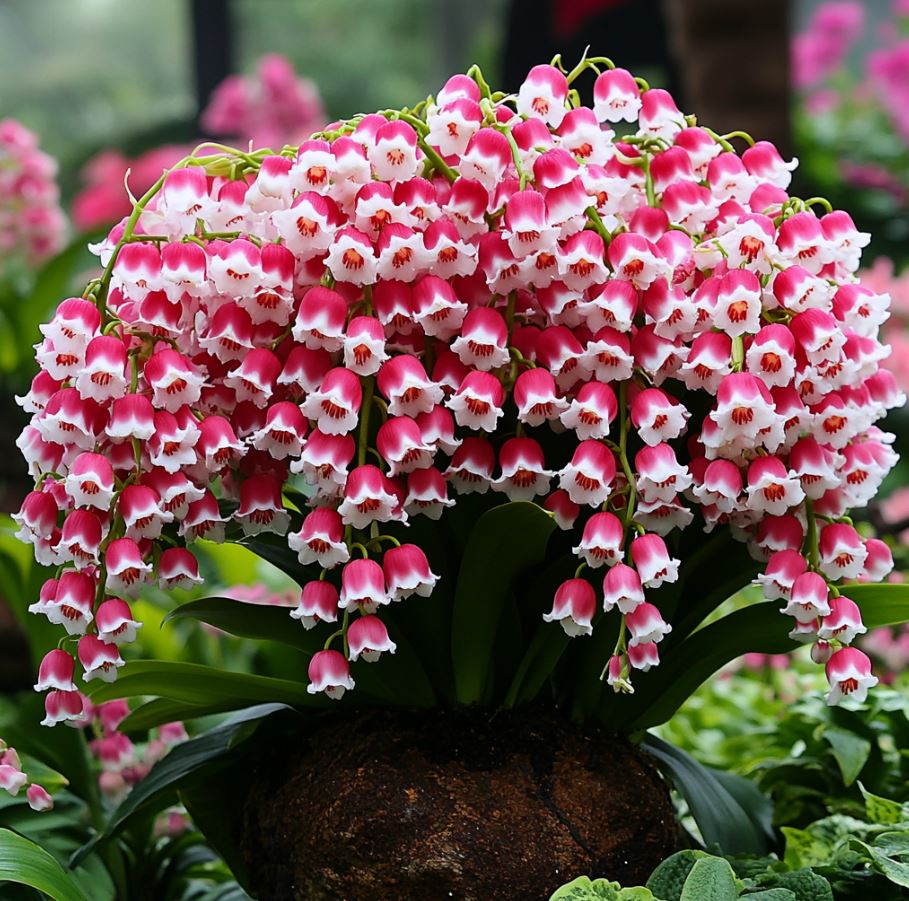
One of the earliest known references to lily of the valley can be found in ancient Greek and Roman texts, where it was associated with the gods and goddesses of fertility, spring, and renewal. The flower’s association with purity and humility also made it a popular symbol in early Christian traditions, often adorning churches and religious ceremonies.
Symbolic Representations in Literature and Art
Throughout history, lily of the valley has captured the imagination of artists, writers, and poets, who have woven its symbolism into their creative works. In literature, the flower has been used to represent everything from the innocence of childhood to the fragility of life itself. Shakespeare, for example, famously referenced lily of the valley in his play “The Winter’s Tale,” where the flower is used to symbolize the return of spring and the hope for renewal.
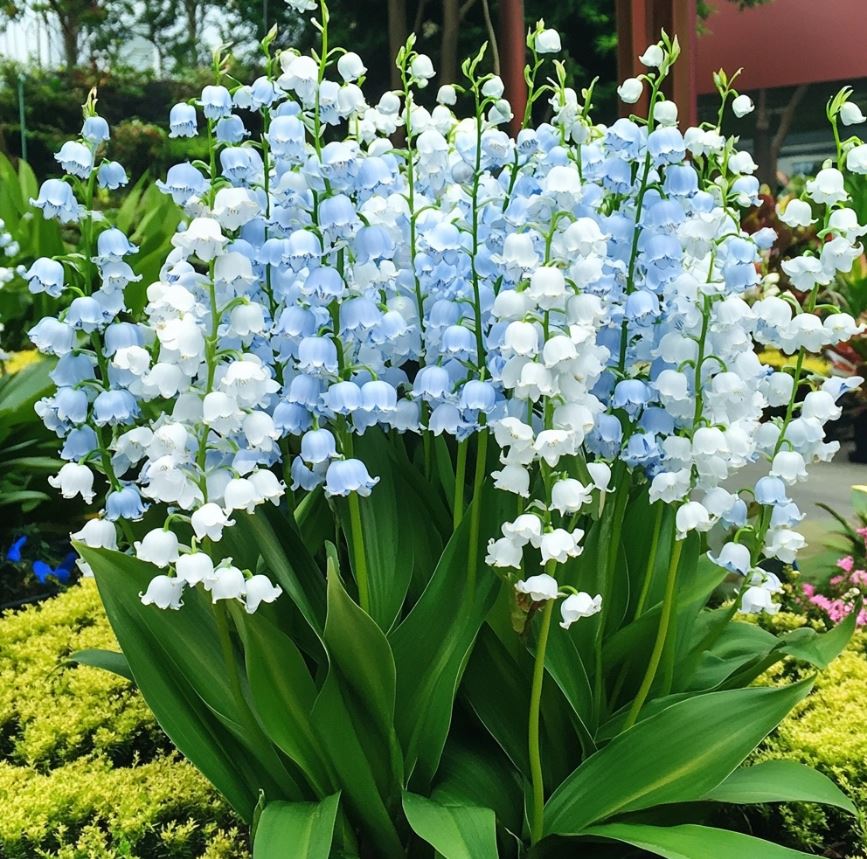
In the visual arts, lily of the valley has been depicted in paintings, tapestries, and decorative objects, often as a symbol of purity, fertility, and the arrival of spring. The delicate, bell-shaped blooms have been a source of inspiration for artists across a wide range of media, from intricate botanical illustrations to abstract expressionist paintings.
Folklore and Traditions Surrounding the Flower
The rich cultural history of lily of the valley is further reflected in the various folklore and traditions that have developed around the flower. In some European traditions, it is believed that the tears of the Virgin Mary, shed as she watched her son’s crucifixion, gave rise to the first lily of the valley plants. In other cultures, the flower is associated with the return of happiness and the end of sorrow.
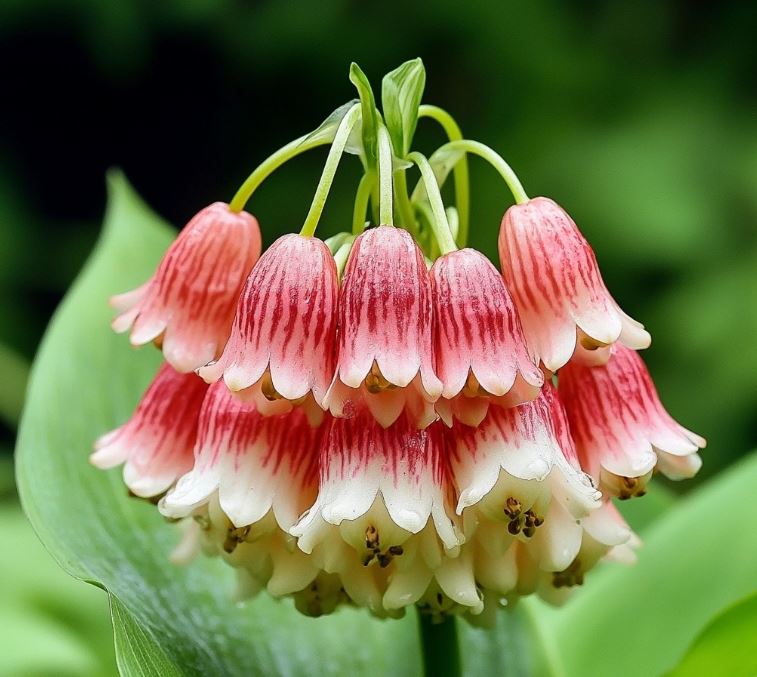
The significance of lily of the valley has also been celebrated through various festivals and rituals, such as the Lily of the Valley Festival in France, which honors the flower’s connection to the changing of the seasons and the arrival of spring. Similarly, the flower has been used in traditional herbal medicine practices, with its leaves and roots being utilized for their purported medicinal properties.
Overall, the historical and cultural significance of lily of the valley speaks to its enduring appeal and the deep-seated human connections that have formed around this enigmatic and enchanting flower.
Botanical Characteristics: Unveiling the Mystique of Convallaria majalis
Description and Identification
Lily of the valley, or Convallaria majalis, is a delicate and captivating perennial plant that belongs to the Asparagaceae family. Its distinctive features include:
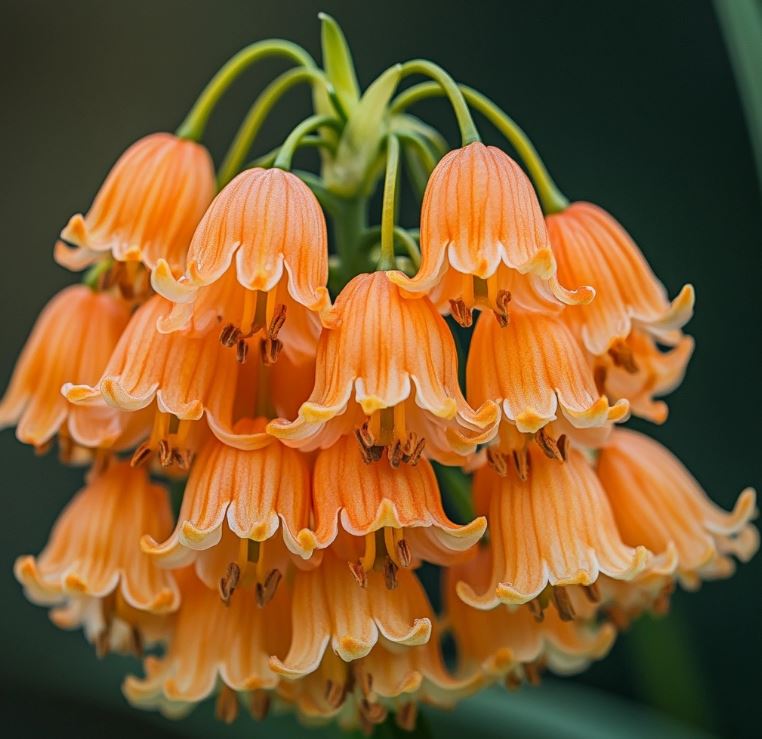
- Slender, arching stems that can reach up to 15 inches (38 cm) in height
- Glossy, lance-shaped leaves that are bright green in color and arranged in pairs along the stem
- Dainty, bell-shaped flowers that are typically white or pale pink in color and emit a sweet, floral fragrance
- Tiny, red berries that develop after the flowers have bloomed
One of the key identifying features of lily of the valley is its unique growth pattern, with the plant spreading through underground rhizomes to form dense, carpet-like colonies in its natural habitat.
Life Cycle and Growth Patterns
Lily of the valley is a perennial plant, meaning it can live for multiple years and return each spring with new growth. The plant’s life cycle is closely tied to the changing of the seasons, with the flowers typically blooming in late spring or early summer, followed by the development of the red berries in the summer months.
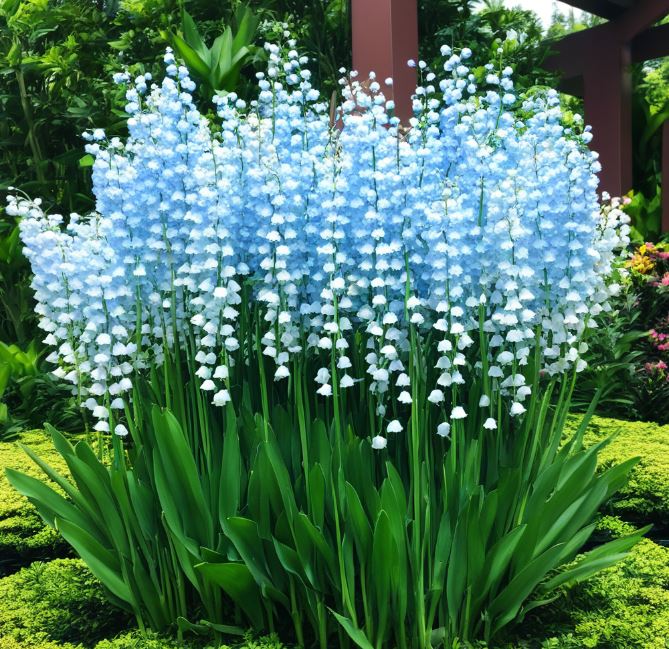
The plant’s growth pattern is characterized by the expansion of its rhizome system, which allows it to spread and colonize new areas over time. Each year, the plant will produce new aerial stems and leaves, as well as new underground rhizome growth, ensuring its continued survival and expansion.
Habitat and Distribution
Lily of the valley is native to the temperate regions of Europe and Asia, where it can be found growing in shaded, moist environments such as deciduous forests, woodland clearings, and along stream banks. The plant is known to thrive in areas with well-drained, nutrient-rich soil and partial shade, often forming dense, carpeted groundcovers in its preferred habitats.
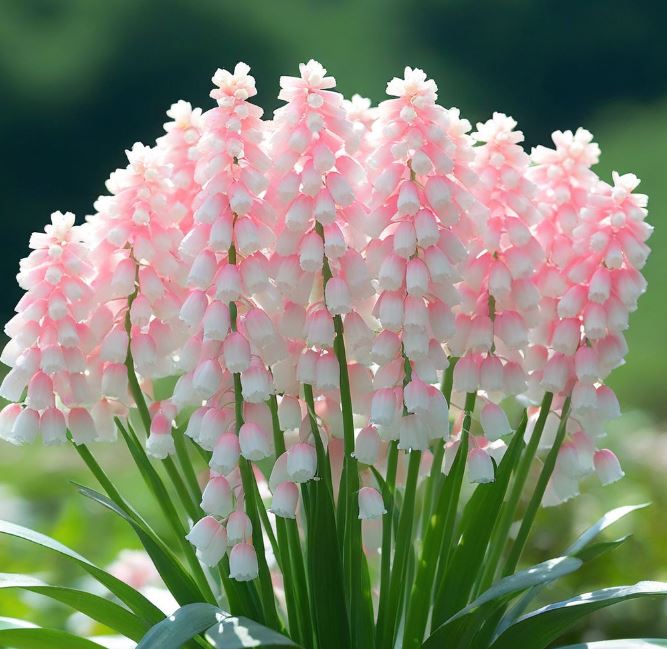
While the plant’s native range is primarily concentrated in Europe and Asia, lily of the valley has been introduced to other parts of the world, including North America, where it has become naturalized in some areas. Its ability to adapt to a variety of growing conditions has contributed to its widespread distribution and popularity as a garden plant.
Through a deeper understanding of the botanical characteristics and growth patterns of lily of the valley, we can better appreciate the complexity and resilience of this enigmatic plant, and how it continues to captivate and inspire us with its timeless beauty.
Symbolism and Cultural Meaning
Representation in Literature and Art
Lily of the valley has long been a source of inspiration for artists, writers, and poets, who have incorporated the flower’s symbolic meaning and enchanting qualities into their creative works. In literature, the flower has been used to represent themes of purity, innocence, and the fleeting nature of life.
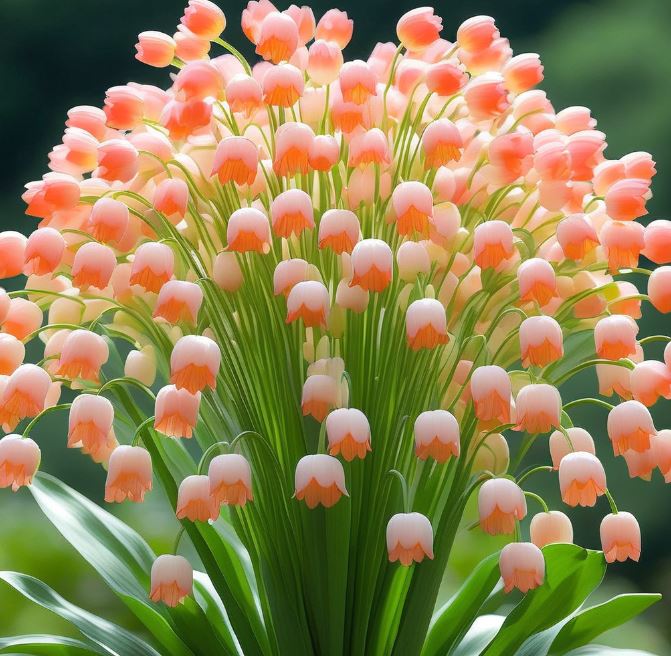
One of the most famous literary references to lily of the valley can be found in Shakespeare’s play “The Winter’s Tale,” where the flower is used as a symbol of the return of spring and the hope for renewal. Similarly, in the poetry of Emily Dickinson, lily of the valley is often employed as a metaphor for the fragility of human existence and the transience of beauty.
In the visual arts, lily of the valley has been depicted in a wide range of media, from delicate botanical illustrations to abstract expressionist paintings. The flower’s elegant form and delicate beauty have made it a popular subject for artists, who have sought to capture the essence of its allure and symbolism.
Associations with Purity and Humility
One of the most enduring symbolic associations of lily of the valley is its connection to purity and humility. The flower’s delicate, bell-shaped blooms and its ability to thrive in shaded, understated environments have contributed to its reputation as a symbol of innocence and modesty.
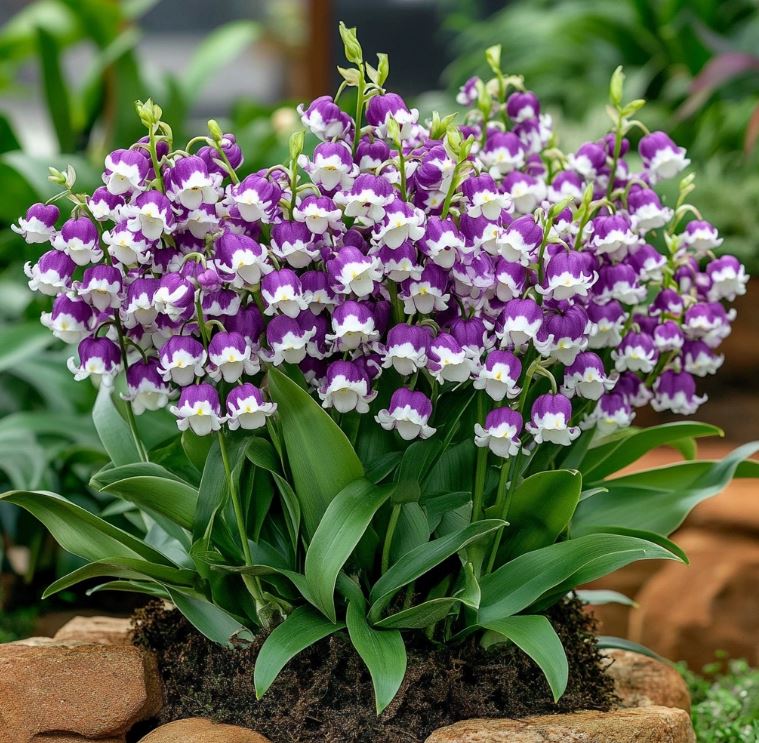
This association with purity has led to the flower’s use in various religious and cultural traditions, where it has been incorporated into rituals and ceremonies as a symbol of spiritual cleanliness and devotion. In Christian traditions, for example, lily of the valley is often used to adorn churches and is associated with the Virgin Mary, who is sometimes depicted with the flower as a symbol of her purity and grace.
Folklore and Traditions
The symbolic significance of lily of the valley has also given rise to a rich tapestry of folklore and traditions surrounding the flower. In some European cultures, it is believed that the first lily of the valley plants sprang from the tears of the Virgin Mary, shed as she watched her son’s crucifixion.
Similarly, in parts of Asia, the flower is associated with the return of happiness and the end of sorrow, with its delicate blooms being seen as a harbinger of joy and renewal. This connection to the changing of the seasons and the cyclical nature of life has led to the development of various festivals and rituals that celebrate the arrival of lily of the valley and the transition into spring.
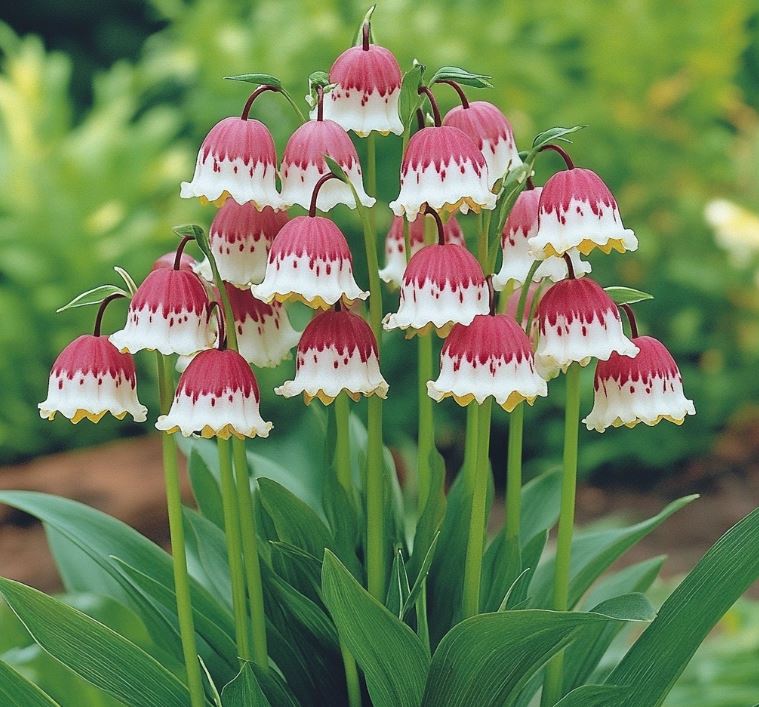
Through its enduring presence in literature, art, and cultural traditions, lily of the valley has become a symbol that transcends its physical form, serving as a potent reminder of the power of beauty, the fragility of life, and the enduring connections between the natural and the spiritual worlds.
Ecological Overview of Convallaria majalis
Role in Forest Ecosystems
Lily of the valley plays a crucial role in the delicate balance of forest ecosystems, serving as an essential component of the understory vegetation that thrives in the shaded, moist environments of temperate woodlands. As a rhizomatous perennial, the plant’s dense, carpet-like growth patterns help to stabilize the soil, prevent erosion, and provide a habitat for a variety of small animals and invertebrates.
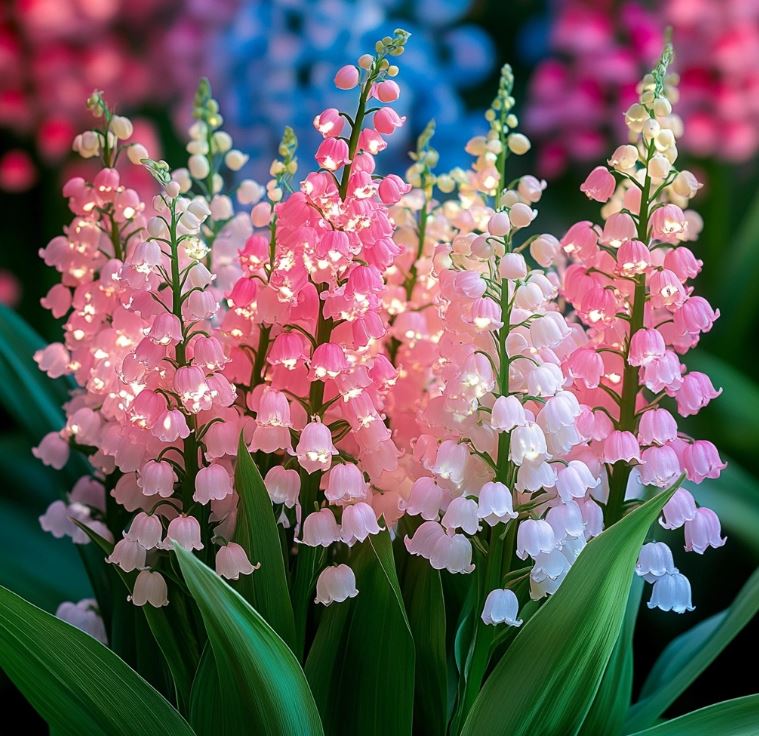
Moreover, the plant’s nectar-rich flowers attract a diverse array of pollinators, including bees, butterflies, and moths, which are essential for the reproduction and dispersal of the plant itself, as well as the overall health of the surrounding ecosystem. The red berries that develop after the flowers have bloomed also serve as a food source for birds and small mammals, further contributing to the intricate web of interactions that sustain the forest environment.
Contributions to Biodiversity
The presence of lily of the valley in forest ecosystems can have a significant impact on the overall biodiversity of the habitat, serving as a foundation for the complex and interconnected relationships between various plant and animal species.
As a shade-tolerant, understory plant, lily of the valley provides a critical food source and habitat for a variety of small invertebrates, such as snails, slugs, and insects, which in turn support the larger predators and scavengers that rely on these organisms for sustenance. Additionally, the plant’s ability to spread and colonize new areas through its rhizome system can help to create a diverse mosaic of microhabitats, each with its own unique set of species and adaptations.
